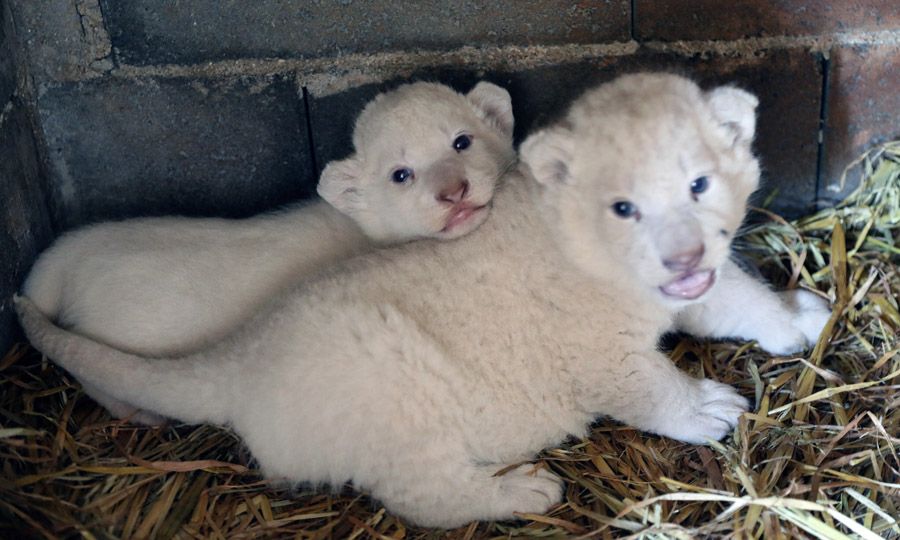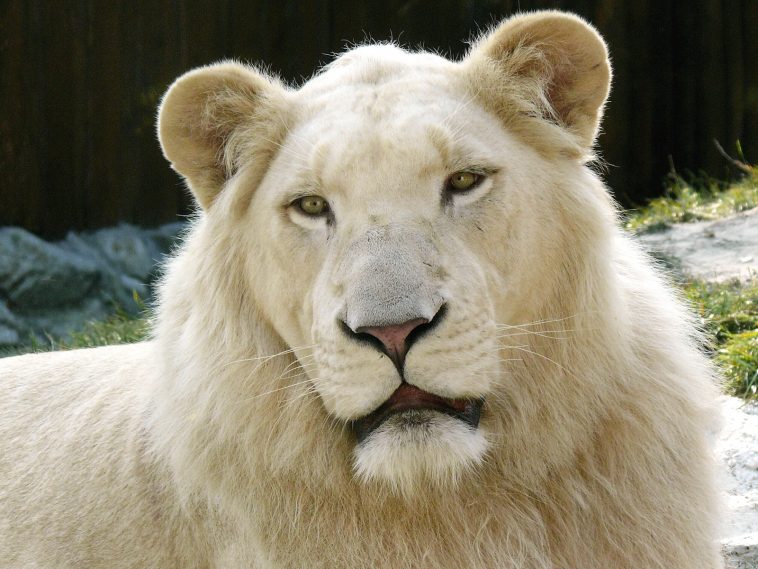Rare White Lion Cubs Born at Cyprus Zoo: A Step Towards Biodiversity Conservation

In the heart of Cyprus, a momentous occasion took place at the Paphos Zoo – the birth of two adorable white lion cubs. These majestic creatures, a male and a female, were welcomed into the world by their parents, Zeus and Hera, two eight-year-old white lions who were originally brought to the island from a zoo in South Africa. White lions are a rare sight, making this event even more extraordinary. However, it is not the first time we have witnessed such a wondrous phenomenon.
Back in 2016, a French zoo proudly celebrated the birth of three white lion cubs, proving that these unique beings are not entirely unheard of. The captivating feature that sets these lions apart is their genetic mutation, which results in their striking white color. Remarkably, research has shown that this genetic alteration does not adversely affect their performance or survival. While the specific mutation responsible for their appearance was only discovered in 2013, it does not seem to hinder their ability to thrive, despite the potential challenges of blending into their surroundings.

Beyond their captivating appearance, white lions play a vital role as “capstone animals” in conserving biodiversity within South African communities. Scientists have conducted comparative studies between white lions and their more common tawny counterparts to explore potential differences in survival rates. The results of these studies have shed light on the importance of preserving these unique creatures and their potential impact on ecosystem health.
As we celebrate the birth of these precious white lion cubs in Cyprus, we are reminded of the critical need to protect and preserve the world’s diverse wildlife. The wonders of nature never cease to amaze us, and the birth of these cubs serves as a beacon of hope for the future of biodiversity conservation. Let us continue to cherish and safeguard these magnificent animals, ensuring that generations to come can marvel at their beauty and appreciate their significance in maintaining the delicate balance of our planet’s ecosystems.





